Forget problem-plagued Boeing 737 MAX. It doesn’t look like the “fastest-selling“ airplane in Boeing history would be able to make it to the sky by the end of the year. Even if the Federal Aviation Administration (FAA), the agency that oversees American airspace, gives the green light for the aircraft to take off, most would still be sceptical about its airworthiness.
The FAA no longer commands the respect it once enjoyed, not after acting FAA Administrator Daniel Elwell declared that there was “no basis to order grounding” of the Boeing MAX-8, despite the fact Ethiopian Airlines Flight 302 was the exact model of the plane belonging to the Indonesian budget carrier Lion Air Flight 610. Both crashes had killed 346 people.
The international authorities will most likely want a second opinion – or even a third – in the eventuality that the FAA gives its seal of approval for the grounded 737 MAX. Europe’s aviation regulator – European Union Aviation Safety Agency (EASA) – reportedly will send its own test pilots and engineers to conduct flight tests of Boeing’s 737 MAX jet before it is returned to service.
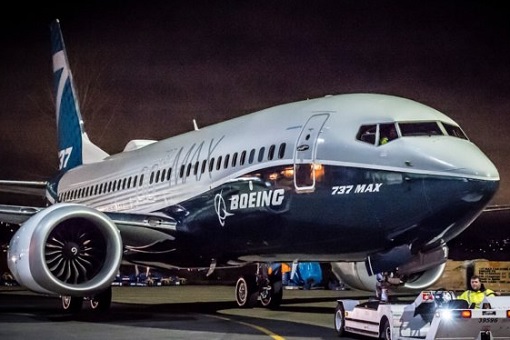
The European regulator calls it an “independent” review. EASA said it favours a design that takes readings from three independent Angle of Attack sensors rather than the two-sensor system in Boeing’s proposed upgrade to the MAX. Such stringent test requirement could spark accusation that EASA is trying to give a tough time to rival Boeing in favour of European manufacturer Airbus.
But Boeing has another problem with its latest series of jet – the 777X. Last Thursday, the long-range, wide-body, twin-engine 777X plane, which is still under development, failed a safety test. One of the airplane’s cargo doors exploded outward during a high-pressure stress test on the ground. Fortunately, no one was injured, although the explosion shook the ground.
The deliberate stress test was performed on what’s called the “static test airplane”, one of the two airplanes that are built for ground testing only and will never actually fly. Still, it was a final test that must be passed as part of the airplane’s certification by the FAA. The ground test failure means Boeing will have to replace the door and repeat the test after a careful examination and analysis.
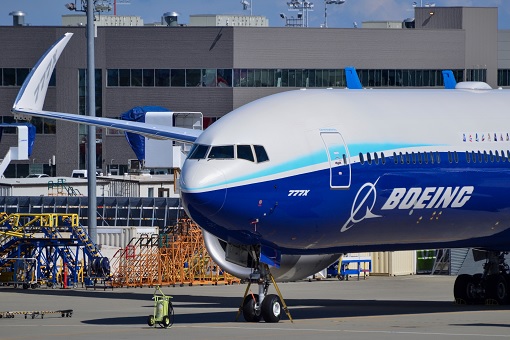
Apparently to pass the test and be certified, the wings must bend without breaking until the load on them reaches at least 150% of the normally expected load, according to the Seattle Times. Both the wings and the fuselage are then pressurized to the maximum stress by pumping air into the cabin. In 2010, the carbon-composite wings on a 787 Dreamliner bent upward by about 25 feet and passed the load test.
Not this time with the 777X. This time, however, though the same carbon-composite wings did not give way, one of the doors failed – an outcome that is not supposed to happen. The “door explosion” occurred not only during the final test for the static test article, but also during the final minutes of the test, at around 99% of the final test loads.
Boeing confirmed that a serious incident had occurred, but offered few details, saying in a statement dated September 10 – “During final load testing on the 777X static test airplane, the team encountered an issue that required suspension of the test. The event is under review and the team is working to understand the root cause.”
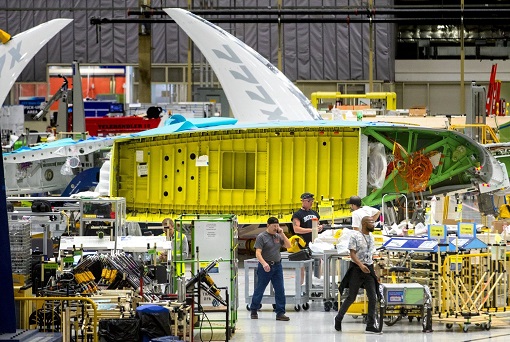
Interestingly, the aircraft manufacturer downplayed the incident – “While our root cause assessment continues, at this time we do not expect that this will have a significant impact on aircraft design or on our overall test program schedule.” It’s worth to note that the 777X has been undergoing static testing since June 2019.
Obviously the 777X is a key product for Boeing. Armed with the longest length on any commercial jet, it was designed to carry between 400 and 425 passengers in two classes, and fly routes of 7,600 nautical miles. The company has already taken orders for 344 of the 777X jets. The list price of 426-seat 777-9 would cost US$442.2 million a pop, while 777-8 is slightly cheaper at US$410.2 million.
But having “exploding door” is just one of the problems hitting the model which went into production in 2017. Earlier in July, Boeing CEO Dennis Muilenburg revealed deliveries of its new 777X planes, scheduled to enter service by the middle of next year, might be delayed until at least the end of 2020 because of a problem General Electric is having with its new GE9X engine.
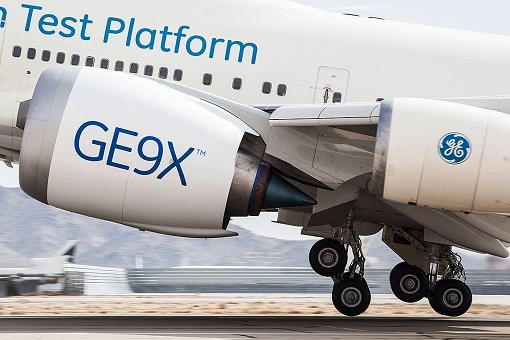
The GE9X engine, supposedly the most powerful engine General Electric has ever built, was launched at the recent Paris air show in June. However, during a factory test, a mechanical issue with the engine’s compressor was discovered. Back in 2018, the same engine’s compressor hit a durability issue that had already caused a delay.
Typically, it would take a year from first flight, through the certification of the airplane by the Federal Aviation Administration (FAA), to entry into service – assuming no unexpected hitches. The first test flight of 777X was supposed to take place in the second quarter of this year (2018). Besides Emirates, other 777X customers include ANA, Cathay Pacific, Etihad Airways, Lufthansa, Qatar Airways, and Singapore Airlines.
The delays could mean that Airbus will win Qantas’ “Project Sunrise,” which aims to fly passengers nonstop from the east coast of Australia to London and New York. The Australian carrier wanted the plane delivered in 2022 so it could launch the route in 2023. The Australian carrier wanted the plane delivered in 2022 so it could launch the route in 2023.
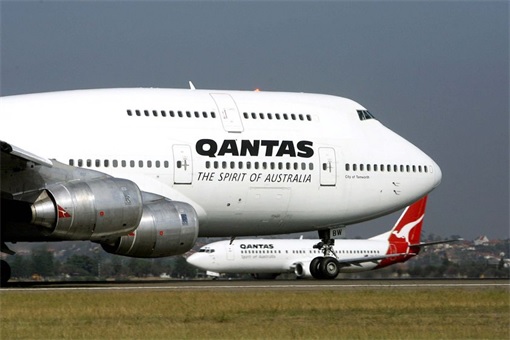
Other Articles That May Interest You …
- An Admission Of Guilt – Former Boeing Official Invokes Fifth Amendment Protection In 737 MAX Scandal
- Boeing 737 MAX Has “No Value” – Lawyer Says Public Doesn’t Trust It, Client Can’t Use It
- Zero New Orders For 737 MAX – Airbus To Overtake Boeing As World’s Biggest Plane Maker
- It’s Not Over Yet – Lawsuits Are Piling Up Against Boeing For Misleading Investors & Covering Up
- How China Uses The Purchase Of 300 Airbus Jets To Pressure Both European Union & The U.S.
- Profit-Hungry Boeing – Crashed 737 Max Jets Did Not Have 2 Safety Features Because They’re Optional
- FAA Protecting Boeing? – Despite Assurance, Airlines Around The World Suspend Boeing MAX-8 Jets
- 3 Bailouts Involving RM30 Billion – Here’s Why Malaysia Airlines Should Be Shut Down Or Sold Off
- Secret Revealed – The Secret Chambers Where Pilot & Cabin Crew Rest & Sleep (Photos)

|
|
September 12th, 2019 by financetwitter
|


|

|

|

|

|

|




























Comments
Add your comment now.
Leave a Reply